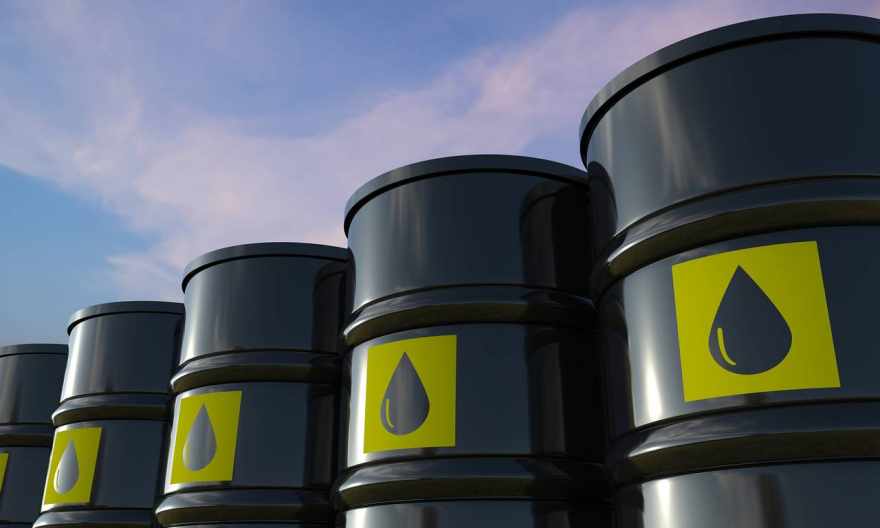
Table of Contents
Vehicles have come a long way in terms of fuel efficiency, but there are still a lot of ways you can save petrol and money in this aspect.
If you seem to need petrol delivery in Dubai more often than not, you may need to reconsider how you maintain, use, and choose your vehicle.
Below are six effective ways you can save on fuel:
Keep your car aerodynamic.
One of the easiest ways to boost your fuel economy is choosing a lighter and smaller vehicle. A smaller engine also uses up less petrol than a bigger one.
Of course, if you’re looking to buy a 400-horsepower sports car or a seven-seater SUV with a 2,000-kilogram tow capacity, you should consider getting something aerodynamic.
Aerodynamics is all about how easily a vehicle can move through the air. It is all about reducing your vehicle’s drag. From a petrol-saving standpoint, reducing wind resistance helps reduce fuel consumption.
Of course, drag isn’t the only factor that affects how much petrol your vehicle uses up. There’s also downforce and lift.
Downforce describes the downwards or “negative lift” force caused by the aerodynamic features of a vehicle. In a car, this leads to faster travel because the increased vertical force on the tires creates more grip.
All these factors affect how aerodynamic a vehicle can be as well as its fuel economy.
Here are some ways to improve aerodynamic capacity to save on petrol:
- Close your windows at around 56 kilometres per hour or higher.
- Choose smoother wheels, like flush discs.
- Remove (or don’t install) roof-top cargo box to save up to 20 per cent of petrol annually.
- “Rake” your vehicle or lower its front end to get a slight wedge shape underneath the car, creating a suction that improves its speed, grip, and cornering.
- Install a front air dam to decrease drag and increase downforce.
- Attach a wing on the rear end of your car. This usually has a similar profile as that of an aeroplane wing and is mounted upside-down.
2. Drive economically.
How you drive also affects how much petrol you use up. Take note, however, that there is an ideal driving method for different situations.
For example, if you’re travelling around town, it would be best to drive as smoothly as you can. Try to keep your speed steady.
It is also recommended that you use your gear shift sensibly by changing gears as soon as it is practical to do so. By moving up a gear at 2,500 rpm (revolutions per minute) on petrol or 2,000 on diesel, you use up fuel more efficiently.
For automatic vehicles, you can ease back on the accelerator after gaining enough speed.
It also helps to avoid driving during peak hours. This way, your engine doesn’t need to be idle for extended periods.
Meanwhile, driving on a freeway can be fuel efficient if you take off 20 kilometres per hour from your speed. If you have cruise control, use it. The same goes for the power and economy modes in your vehicle transmission.
It also pays to know when to use your vehicle ventilation system and when to switch to air-conditioning. As mentioned earlier, you need to roll the windows up upon reaching speeds beyond 50 kph, but make sure that you don’t use your air-conditioning too often as it uses up fuel, too (more on this later).
3. Lessen your idle time.
You want to avoid slow traffic so your car won’t be idle for too long. This is because idling is arguably one of the most significant causes of wasted petrol.
Whether you’re waiting at a crossroad or pulling off to the pavement to make a phone call, an idle vehicle consumes petrol that could easily be saved by switching off the engine.
Since restarting your engine eats up the same amount of petrol used when your vehicle is idle for 30 seconds, you can save a lot more petrol if you turn off the engine.
Important: Turning off the engine could disable some essential vehicle functions like airbags. If you decide to pull over, make sure you only do this when there is no risk of collision.
4. Ensure your vehicle is in good shape.
Keeping your car in its best shape not only keeps you safe and comfortable when driving, but it also determines how well you can save on petrol. Make sure your car is in prime condition by:
- Following recommended care and maintenance advice
The importance of periodic car maintenance cannot be overstated. Besides keeping the drive safe and comfortable, it also helps you get the vehicle’s running costs down.
That said, make sure that your car has a correctly tuned engine and that the filters, fuel, and ignition systems are in good working condition.
Follow a regular engine oil change schedule and use only the correct grade based on the manufacturer’s recommendations.
- Keeping your tyres properly inflated
Check your tyre pressure weekly when the tyres are cold.
Also, it is a good idea to inflate your tyres with slightly higher pressure than stated in the car owner’s manual or the tyre placard inside the glove box, on the fuel filler flap, or the driver’s door. This will support safer handling and promote fuel economy.
- Inspecting your wheel alignment and brakes
Make sure that the wheels are correctly aligned. The brakes should not be dragging, too. Both increase the vehicle’s rolling resistance, which is equivalent to higher petrol consumption.
5. Watch your load.
Every 91 kilograms of weight takes 1.6 kilometres off of your car’s fuel efficiency.
This is why getting rid of the unnecessary items you’ve accumulated in your trunk is tantamount to improving your vehicle’s fuel economy.
From toolboxes and golf clubs to extra attachments like roof racks, all this added weight increases your vehicle’s wind resistance and petrol consumption.
6. Drive slowly near speed bumps.
Did you know that not anticipating speed bumps can also eat up more petrol?
Instead of hitting the brakes hard, accelerating, and then braking again on the next speed bump, drive at a steady speed of 25 to 30 kilometres per hour. This way, you won’t have to push your engine too hard only to hit the brakes again.
Achieve Economy and Performance
Making sure your vehicle is aerodynamic and well-maintained, as well as driving carefully, does more than improving its performance. By following the tips listed here, you also ensure that your car stays fuel-efficient.




